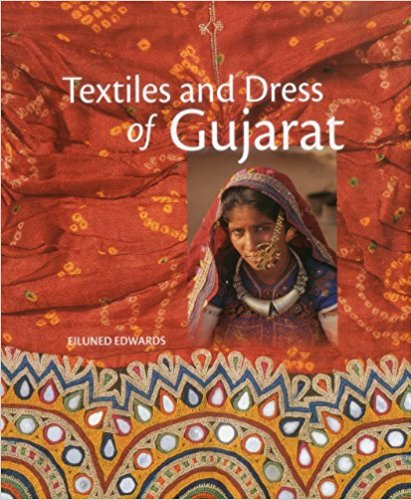Gujarat and its craftspeople have been an integral part of my life since I chugged into Bhuj station 35 years ago on the metre gauge train from Kandla and—excitedly, nervously—took a tonga to my new assignment as the Gurjari designer in Kutch. A barren, dust brown landscape burnt by the blazing, cloudless sun—duned and rippled with the restless movement of the wind. Against the horizon, dwarfed by its scale, a line of men and women led camels, swaying, pouting and sullen, padding deliberate hooves in the shifting sands. The women shrouded in faded black wool; the men in pleated and gathered peacock ruffles of crumpled, once white homespun cotton. Beneath the dusty layers, the glint of colourful mirrored embroidery, and heavy silver and ivory ornaments. The arrogant, straight backed stride sent out a message that the poverty and rootlessness of a nomadic people did not destroy their sense of self.I was a young designer who had only lived and worked in the metro cities—Delhi, Mumbai, Tokyo. For me, Kutch was an extraordinary, eye opening experience.

Writing History Through Craft and Creativity
Laila Tyabji
Victoria & Albert Publishing in association by Eiluned Edwards Victoria & Albert Publishing, 2012, 248 pp., $55.00
August 2012, volume 36, No 8
